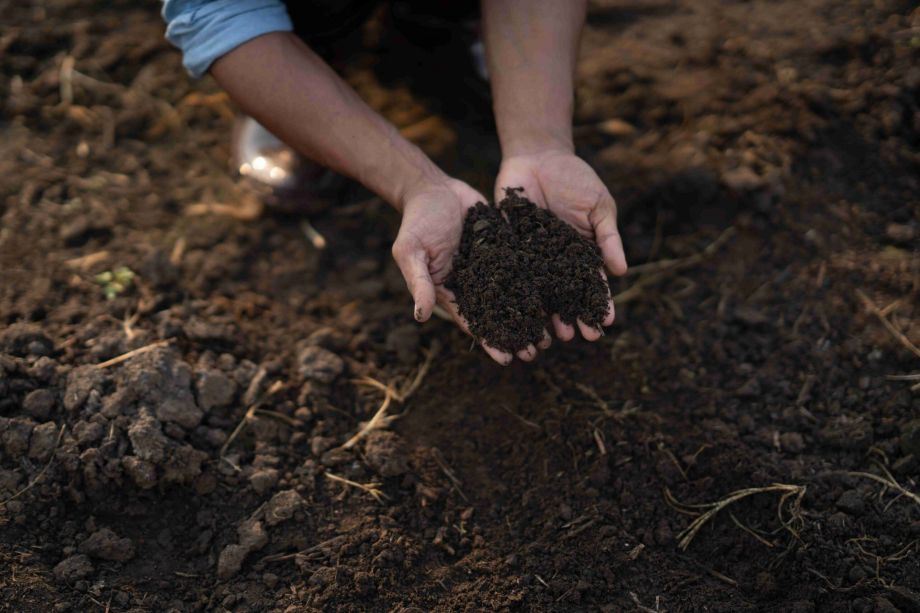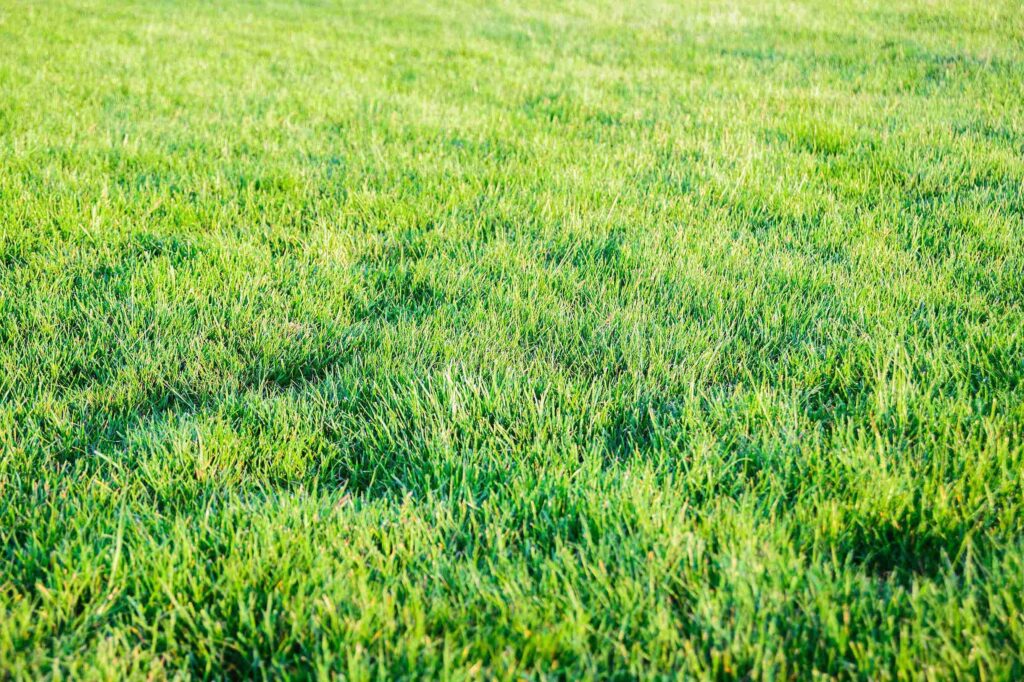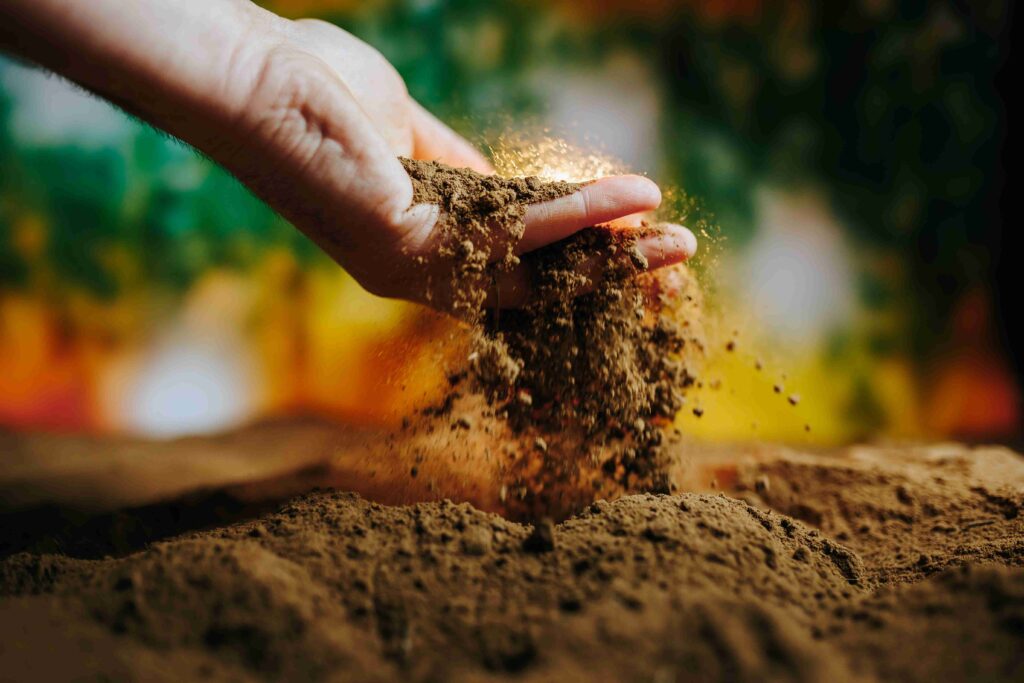
Can You Use Garden Soil For Grass? (Solved)
You’ve got a bag of garden soil sitting in the shed and a patchy lawn begging for some love.
The thought pops up: can I just use this soil for grass? It feels like a quick win, right? Grass is a plant, soil is soil, so it should work. But the truth is a little trickier.
Garden soil can help in some cases, but it’s not always the smoothest path to that lush, green carpet you’re hoping for.
In this post, we’ll shed some light on if you can use garden soil for grass, so you’ll know exactly what to expect before dumping bags of garden soil all over your yard.
Can You Use Garden Soil For Grass?
Yes, you can use garden soil for grass, but it’s not always the best choice.
Garden soil is designed for flower beds or vegetable plots, which means it’s often heavier, more compact, and holds moisture a little differently than the average patch of grass likes.
Grass roots need air and good drainage to spread and grow deep, and if the soil stays soggy for too long, the roots can get choked out.
That being said, garden soil isn’t useless. If it’s all you have on hand, or you only need to patch up a small bare spot, it can do the trick. You just need to manage your expectations and be ready to tweak things a little.

Also Read: Can You Use Miracle-Gro On Grass?
Pros And Cons Of Using Garden Soil For Grass
Like most things, using garden soil for grass comes with its ups and downs. Some parts make it a decent choice, while others can make your lawn more difficult to maintain.
Let’s break it down:
| Pros | Cons |
| Nutrient-rich, which can help new grass seedlings sprout quickly | Can be too dense and heavy, making drainage a problem |
| Easy to find and cheaper if you already have bags in the shed | Holds water longer, which might cause shallow or weak root growth |
| Good for short-term use in small areas | May encourage weeds or even bring in unwanted seeds |
| Not always balanced for the pH levels grass prefers |
Garden soil isn’t “bad,” it’s just not always the most lawn-friendly option without some adjustments.
How To Improve Garden Soil For Grass
You can turn garden soil into something great for growing grass with a few tweaks.
You basically just need to fix issues like poor drainage and nutrient imbalances to create a better environment for your lawn.
Here are some practical steps to upgrade your garden soil for grass:
- Mix in sand or screened topsoil to improve drainage.
- Add compost to balance nutrients and improve soil texture.
- Test soil pH and aim for 6 to 7, using lime to raise it or sulfur to lower it.
Basically, don’t just dump garden soil on the ground and expect a golf-course-worthy lawn. Give it a little upgrade, and you’ll be setting yourself up for a much better outcome.
Also Read: Alternatives To Straw For Grass Seed
How To Use Garden Soil On Grass
If you want to actually put down garden soil and grow some healthy grass, here’s what to do:
#1 Test Your Soil.
Before you rush to spread seed, take a minute to understand what’s going on under your feet.
Testing your soil gives you a clear picture of its pH, nutrient levels, and texture.
Grass usually likes a slightly acidic to neutral pH, around 6–7. If your soil is way off that mark, your grass will struggle no matter how much you water or fertilize.
A simple DIY test kit from the garden center should work.
OR you can send a sample off for a more detailed report, but it can be expensive.
The results will tell you if you need to add lime, sulfur, or even just a bit of compost to balance things out.
#2 Remove Weeds And Debris.
This part isn’t glamorous, but it’s important.
Weeds compete with grass for light, water, and nutrients, and they almost always win if you give them the chance. Clearing them out before you start ensures your seeds won’t have to battle from day one.
While you’re at it, remove rocks, sticks, or any old roots left behind. Think of it as giving your new grass a clean, blank canvas.
It also makes the soil easier to rake and level later on.
#3 Mix Garden Soil With Topsoil/Compost
Garden soil on its own is often too dense and can suffocate grass roots.
Mixing it with topsoil lightens the texture and boosts drainage, while compost adds a healthy dose of organic matter that improves structure and feeds the soil naturally.

A one-third mix of each is usually a good balance, but you don’t need to measure with a kitchen scale – just aim for roughly even amounts.
This blend gives you a loose, rich medium that grass roots can actually dig into instead of struggling to spread.
#4 Level And Rake For Even Surface
After laying down your soil mix, take the time to level it out.
A garden rake works well for breaking up clumps and spreading soil evenly. Try to fill in low spots while gently smoothing down high ones.
This isn’t just about looks – an even surface helps water soak in consistently and prevents puddles that can drown young roots. Plus, it makes mowing way easier down the road.
Think of it as setting the stage for a smooth, healthy carpet of grass.
Also Read: Spiky Balls In Grass
#5 Seed And Water Properly
Scatter the seed evenly across the soil.
Don’t just dump handfuls in one spot; a spreader makes it easy to get good coverage.
Once the seed is down, lightly rake over it so some seeds are tucked just under the surface while others stay near the top.
Then comes watering. You don’t want to blast the soil with a heavy stream. Gentle, steady moisture is the goal. Keep the top layer of soil damp while the seeds germinate, which usually takes about a week or two depending on the type of grass.
Once the seedlings are up, stick with a regular watering schedule to help them establish strong, deep roots.
Bottom Line
You can use garden soil for grass, but it’s not the most smoothest option. Garden soil by itself can be too heavy, too wet, and sometimes too weed-friendly for a lush, long-lasting lawn.
The good news is that you can fix those problems with a little mixing and preparation.
If you’re patching a small area, garden soil will probably get the job done.
But if you’re starting a whole new lawn, investing in proper topsoil or lawn soil will save you time and effort in the long run.








